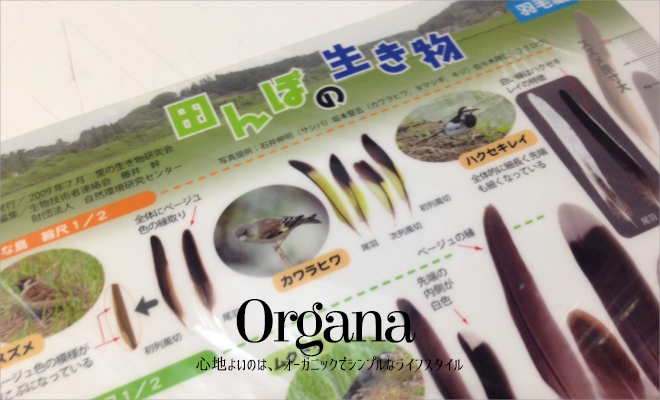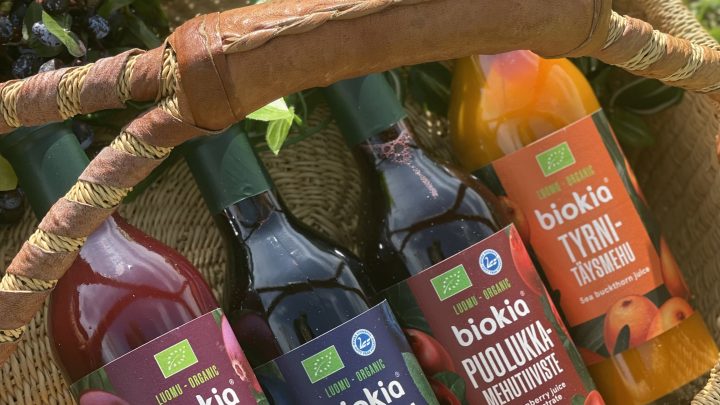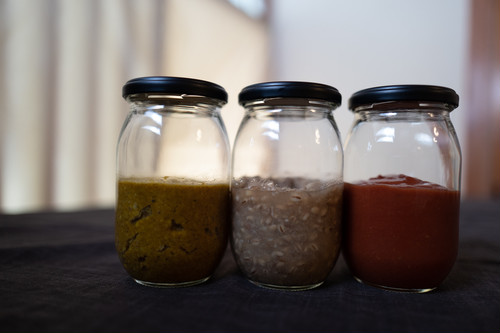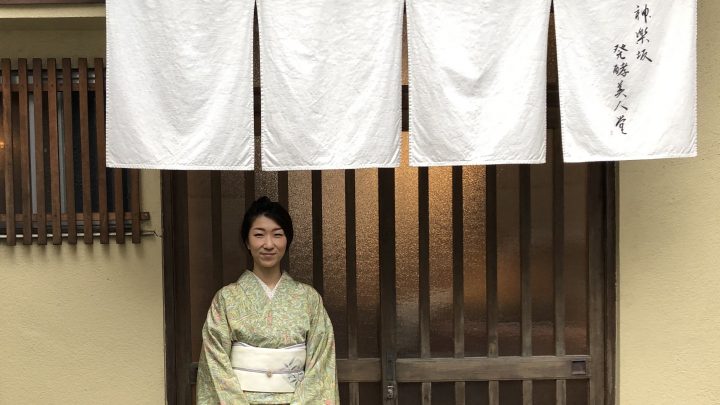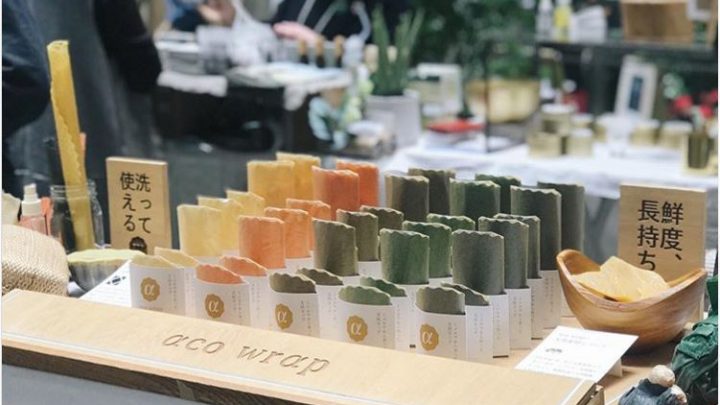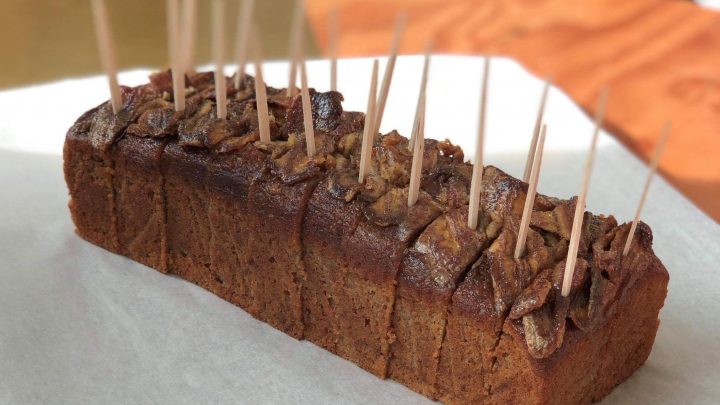Let’s eat Shio-Natto and clean our intestines!
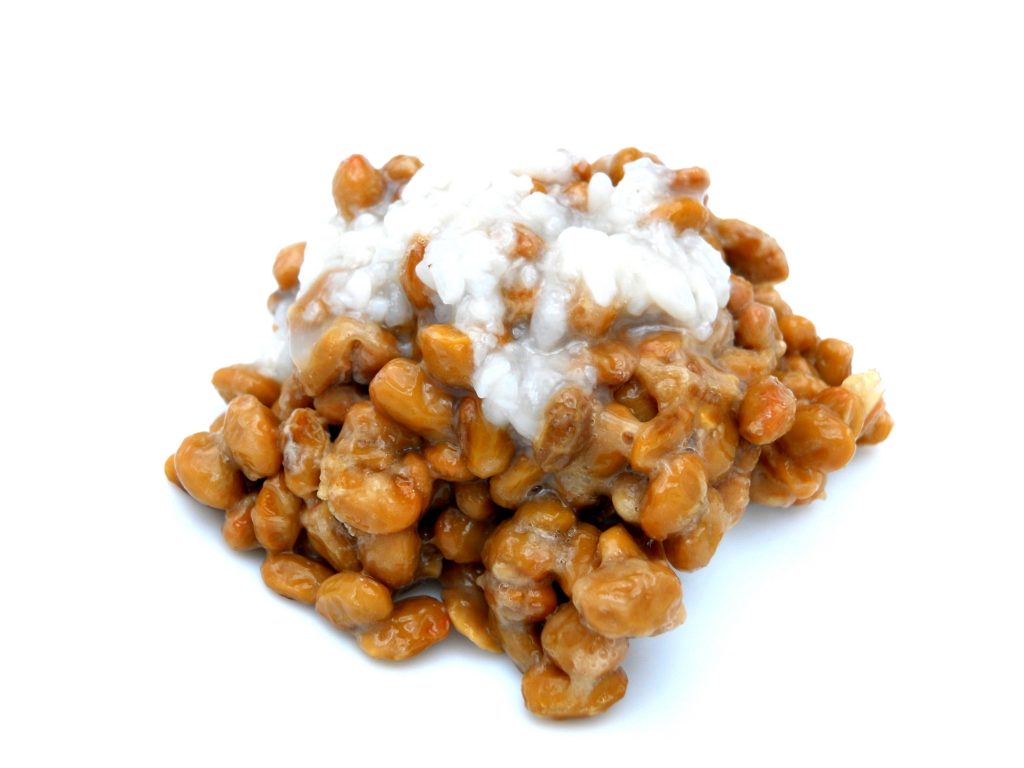
Natto is fermented soybean which has long been recognized as one of Japan’s most unique traditional health foods. Highly nutritious and rich in protein, it is often eaten with cooked rice. For centuries Natto has been made using a specialized fermentation process by adding beneficial bacteria called Bacillus Natto to soybeans. Fermentation enhances the nutrition of soybeans and develops a unique flavor and texture. Its physical texture is sticky and is a natural result of the fermentation process. We have many regional cooking styles in Japan. Shio-Natto which is salted Natto smells like sweet alcohol and makes you feel relaxed once eaten. Do you want to try it?
Shio-Natto is the local cuisine of Sakata City in Yamagata Prefecture on Japan’s main island of Honshu which is known for its mountains and rivers. Two thirds of Yamagata Prefecture is covered by mountains and the mighty Mogami River, one of the three most rapid rivers in Japan, cuts through the prefecture from East to West before flowing into the Sea of Japan near Sakata City. Rice grows in the fertile soil and Sakata City is a major rice growing area in Japan.
How is Shio-Natto produced?
The soybean starts to grow during the rainy season and is harvested in autumn. People make miso, soy sauce, Natto which are all fermented foods during late autumn to winter. In comparison to miso and soy sauce, Shio-Natto does not last so long, so these days they preserve Natto and salt together which creates Shio-Natto. Kombu seaweed or rice malt has been added to Shio-Natto to make it easier to eat.
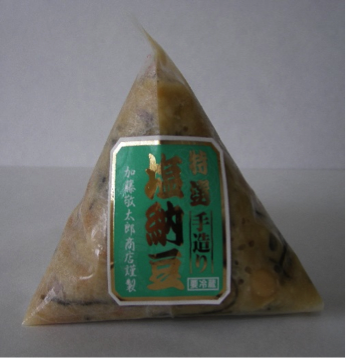
Ordinary Natto keeps our intestines functioning properly. It prevents cerebral infarction, myocardinal infarction and absorbs heavy metals before draining them from our bodies. In addition to the above, Shio-Natto has koji mold which brings out the flavour and the “umami” (great taste). Koji is a culture made by growing different fungi on cooked grains or legumes in a warm, humid place. The koji mold produce many enzymes, including amylases, proteases, lipases, and tanninase which break down macromolecules like starches, proteins, and fats into their constituent parts, such as dextrin, glucose, peptides, amino acids, and fatty acid chains. These simpler substrates provide nutrition for cultures of yeasts and bacteria that come in subsequent fermentation stages. Furthermore, fermented food by koji mold last long without any additives. Maturing also advances with time.
Shio-natto is very healthy and has lots of umami flavor. You can enjoy it on top of rice or with alcohol.
translated by Makiko Higgins



